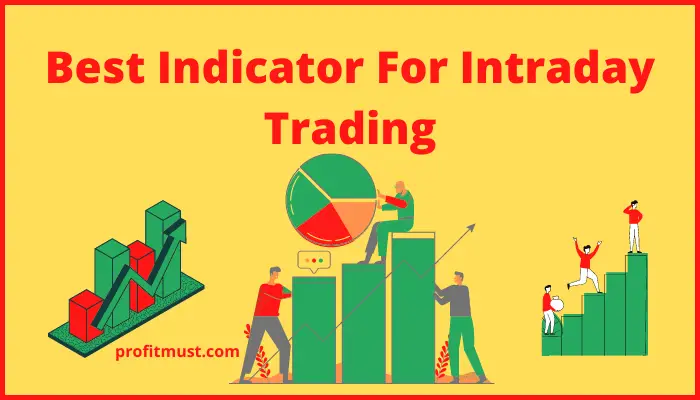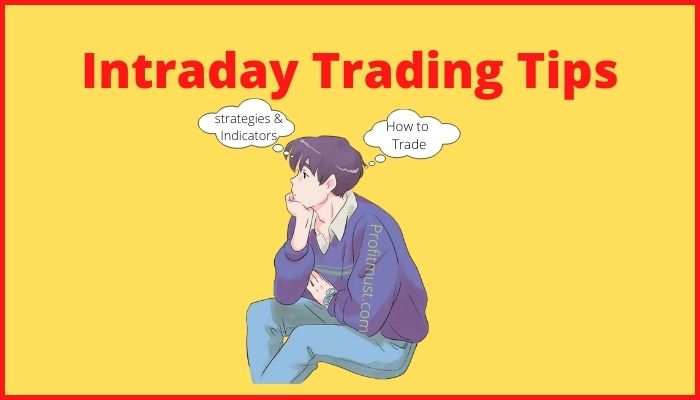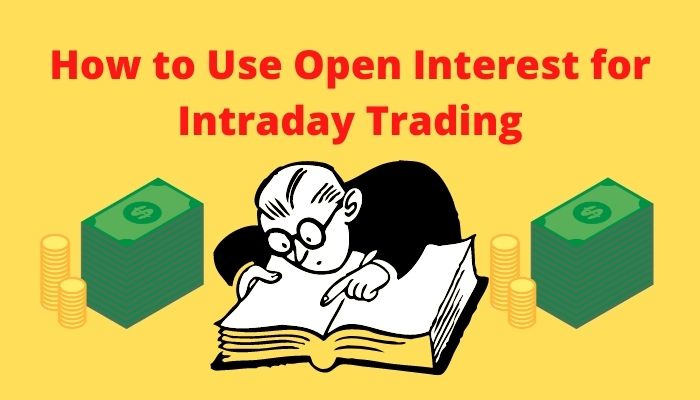Intraday trading is a apparent concept that refers to trading that takes place during the day. Open interest is among the fundamentals that an intraday trader must know. Let’s discuss how to use open interest for Intraday trading & open interest trading strategy.
Table of Contents
Open Interest
Open interest (OI) is the overall quantity of unsettled contracts at the end of each trading day. It means these are open positions that have yet to be completed.
The open interest in the futures and options trade is an indicator of total movement. The open interest rises by one contract each time two participants, namely the buyer and the seller, establish a new position.
Examples
The open interest is dropped by a single contract if the investors are closing the position. The open interest does not alter if the purchaser or seller transfers their position to a new bidder or seller.
If the OI has risen, it indicates that the market is seeing a capital infusion. When the OI falls, it indicates that the present price trend is coming to an end. In this way, the OI is a predictor of fluctuating price trends.

Volumes
Traders should also be aware that open interest and volume are not the same thing. The amount of contracts traded in a day is referred to as volume.
Regardless of whether a new contract was made or an existing contract was transacted, volume is a representation of the quantity of contracts that have happened between seller and purchaser.
The main distinction between open interest and volume is that open interest refers to the number of contracts that are open and active, whereas volume refers to the number of contracts that have been completed.
Price Action
The price action is another factor to consider when analysing OI. In trading terminology, price action refers to how a stock ‘s price changes over time on a chart. It relates to a stock’s price tendency, which can be either rising or decreasing.

To evaluate the market, most analysts utilize volume in connection with OI and price. The common guideline is that if the price is going up and the volume and open interest are both increasing, the market is robust.
However, even if the price is growing, if the other two indicators are falling, the market is weak.
How to Use Open Interest for Intraday Trading?
These are major four open interest trading strategy in which you can use open Interest for Intraday trading:
Scenario 1
When the OI is trending upward and the price action is trending higher, it indicates that the market is experiencing a money inflow. It indicates that there are purchasers in the market indicating that the market is positive.
Scenario 2
Funds may be fleeing the market if the price movement is rising but the OI is decreasing. This is a bear market indicator.
Scenario 3
Even if the price drops sharply and the OI is really high, the market outlook remains negative. This is due to the fact that individuals who acquired at the peak now appear to be losing money. In such a situation, panic selling is a possibility.
Scenario 4
Traders are under pressure to sell their holdings if prices are trending downwards and the OI is also going lower. This is a negative market indicator. It could also be a sign that sales are about to peak.
What is open interest in share market?
The quantity of contracts that are live, or open in the market, is indicated by the OI. OI rises when new contracts are established. The open interest in a contract diminishes as it is squared off.
Another phrase that is frequently used in connection with open interest is volume. The number of trades executed on any particular day is referred to as volume.
It does not, however, transfer over to the next day. OI, on the other side, has consequences for the following day and is thus current data.
Note:
Intraday traders can determine the market position by combining open interest, price, and volume data. It indicates whether the overall trend is bullish or bearish for intraday traders.
Open Interest Data
Open Interest data is available on many platforms. However, the best option is the NSE website. you can find the data on below links
Conclusion
Even if you take a note of everything, there is still a risk in Intraday trading. This is because trends can change in a few seconds due to some news about the company or industry. So always keep risk in your mind while taking an intraday position.
This is all from Our side regarding How to Use Open Interest for Intraday Trading? Although, if you have any doubts about how to use oi in intraday trading you can just comment below.

Other Interesting blogs related to How to Use Open Interest for Intraday Trading?
How to choose stocks for intraday trading?
How to Make Money in Intraday Trading
Intraday Trading Books for Indian Market
FAQ About open interest in share market
Open interest in Share Market?
The total number of active contracts held by the traders at the end of every day is known as open interest. The overall level of action in the futures market is measured by open interest.
Open interest in share market in hindi
प्रत्येक दिन के अंत में व्यापारियों द्वारा आयोजित सक्रिय अनुबंधों की कुल संख्या को ओपन इंटरेस्ट के रूप में जाना जाता है। वायदा बाजार में कार्रवाई का समग्र स्तर ओपन इंटरेस्ट द्वारा मापा जाता है।
Where to find open interest data?
The National Stock Exchange's website is the best credible source for open interest data.
What is open interest in futures?
The overall number of open derivative contracts, including options or futures, that have not been completed for an instrument is known as open interest.
What is open interest in options?
Open interest (OI) is the overall quantity of unsettled contracts at the end of each trading day. It means these are open positions that have yet to be completed.

